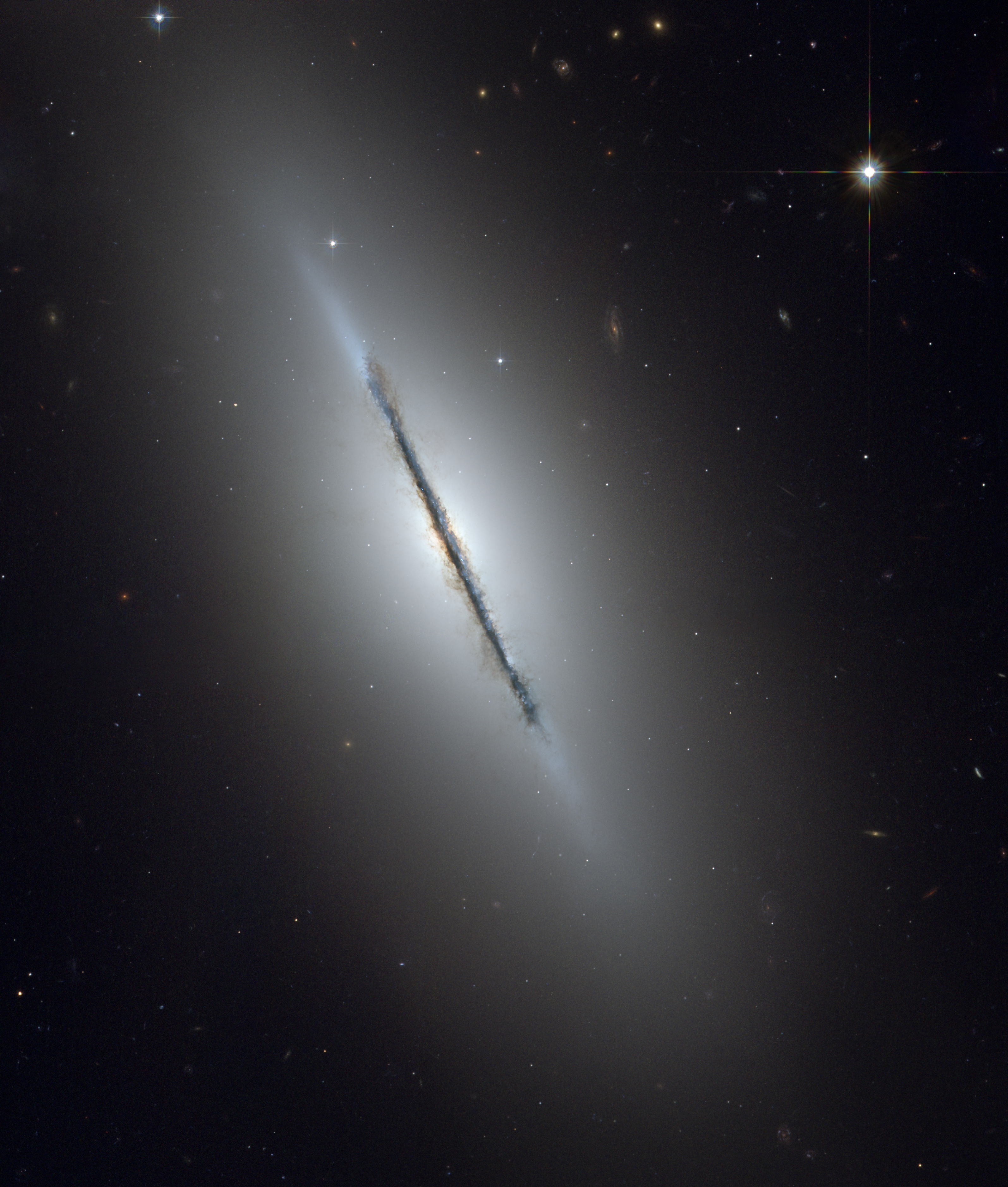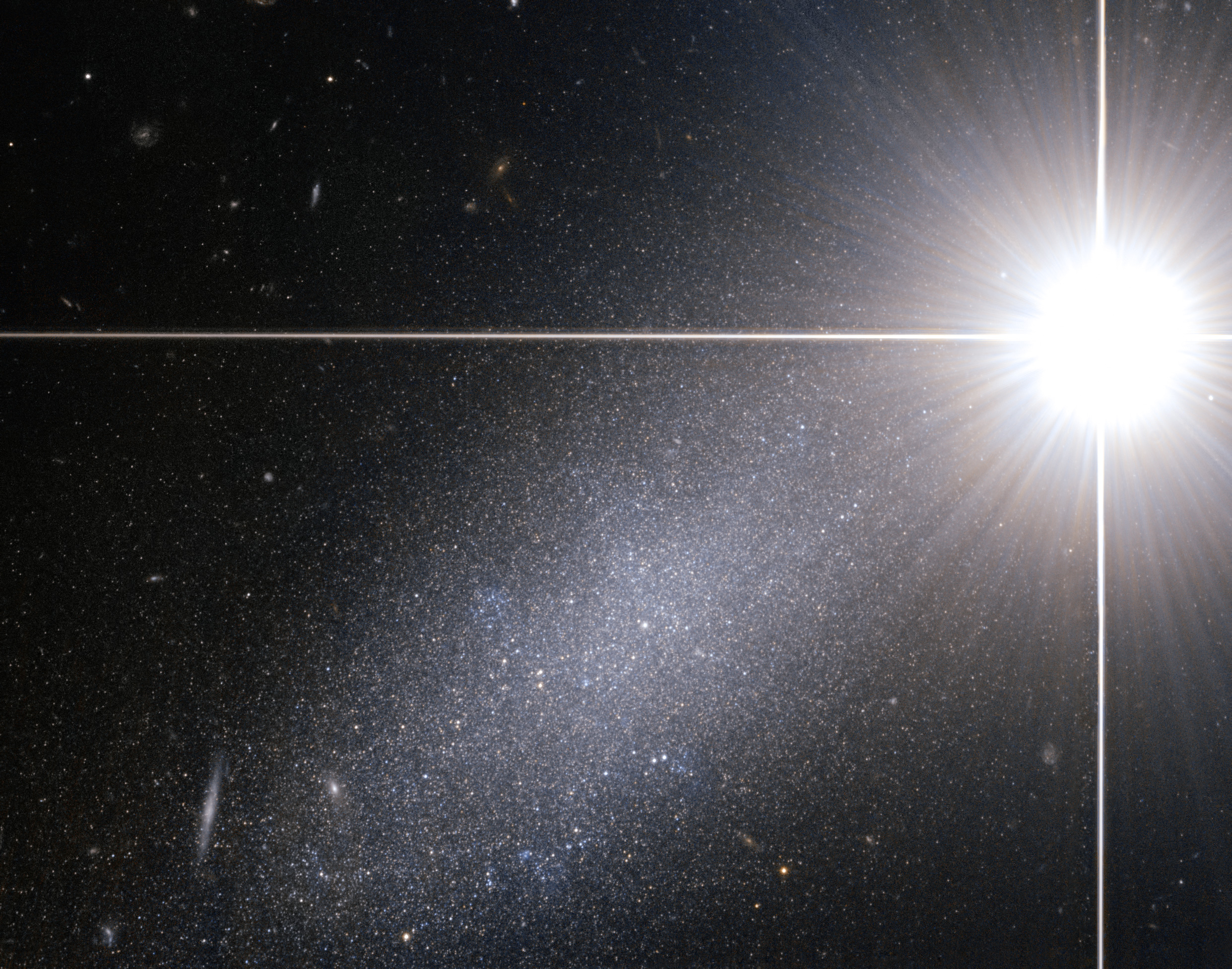|
Messier 102
Messier 102 (also known as M102) is a galaxy listed in the Messier Catalogue that cannot be unambiguously identified. Its original discoverer Pierre Méchain retracted his discovery two years after publication and said that it was a duplicate observation of Messier 101.O'Meara, Stephen James. "M102: Mystery Solved", ''Sky and Telescope'', volume 109, number 3, page 78, March 2005 Later historical evidence favors that M102 is actually the galaxy NGC 5866, although other galaxies have been suggested as possible identities. The National Aeronautics and Space Administration (NASA) considers it to be the same as NGC 5866. History The Messier Catalogue was a list of astronomical objects compiled by Charles Messier between 1771 and 1781, in which he briefly described each object and provided their coordinates on the sky. Because Messier was only interested in finding comets, he created this list of non-comet objects that frustrated his hunt for them. Astronomer Pierre Méchain collabor ... [...More Info...] [...Related Items...] OR: [Wikipedia] [Google] [Baidu] |
Pierre Méchain
Pierre François André Méchain (; 16 August 1744 – 20 September 1804) was a French astronomer and surveyor who, with Charles Messier, was a major contributor to the early study of deep-sky objects and comets. Life Pierre Méchain was born in Laon in northern France, the son of the ceiling designer and plasterer Pierre François Méchain and Marie–Marguerite Roze. He displayed mental gifts in mathematics and physics but had to give up his studies for lack of money. However, his talents in astronomy were noticed by Jérôme Lalande, for whom he became a friend and proof-reader of the second edition of his book "L'Astronomie". Lalande then secured a position for him as assistant hydrographer with the Naval Depot of Maps and Charts at Versailles, where he worked through the 1770s engaged in hydrographic work and coastline surveying. It was during this time—approximately 1774—that he met Charles Messier, and apparently, they became friends. In the same year, he also p ... [...More Info...] [...Related Items...] OR: [Wikipedia] [Google] [Baidu] |
Galaxy
A galaxy is a Physical system, system of stars, stellar remnants, interstellar medium, interstellar gas, cosmic dust, dust, and dark matter bound together by gravity. The word is derived from the Ancient Greek, Greek ' (), literally 'milky', a reference to the Milky Way galaxy that contains the Solar System. Galaxies, averaging an estimated 100 million stars, range in size from dwarf galaxy, dwarfs with less than a thousand stars, to the List of largest galaxies, largest galaxies known – Type-cD galaxy, supergiants with one hundred 10^12, trillion stars, each orbiting its galaxy's centre of mass. Most of the mass in a typical galaxy is in the form of dark matter, with only a few per cent of that mass visible in the form of stars and nebulae. Supermassive black holes are a common feature at the centres of galaxies. Galaxies are categorised according to their visual morphology (astronomy), morphology as elliptical galaxy, elliptical, Spiral galaxy, spiral, or irregular galaxy ... [...More Info...] [...Related Items...] OR: [Wikipedia] [Google] [Baidu] |
Spiral Galaxy
Spiral galaxies form a galaxy morphological classification, class of galaxy originally described by Edwin Hubble in his 1936 work ''The Realm of the Nebulae''Alt URL pp. 124–151) and, as such, form part of the Hubble sequence. Most spiral galaxies consist of a flat, rotating Disc (galaxy), disk containing stars, Interstellar medium, gas and dust, and a central concentration of stars known as the Bulge (astronomy), bulge. These are often surrounded by a much fainter Galactic halo, halo of stars, many of which reside in globular clusters. Spiral galaxies are named by their spiral structures that extend from the center into the galactic disc. The spiral arms are sites of ongoing star formation and are brighter than the surrounding disc because of the young, hot OB stars that inhabit them. Roughly two-thirds of all spirals are ... [...More Info...] [...Related Items...] OR: [Wikipedia] [Google] [Baidu] |
Messier Objects
The Messier objects are a set of 110 astronomical objects catalogued by the French astronomer Charles Messier in his ' (''Catalogue of Nebulae and Star Clusters''). Because Messier was interested only in finding comets, he created a list of those non-comet objects that frustrated his hunt for them. This list, which Messier created in collaboration with his assistant Pierre Méchain, is now known as the ''Messier catalogue''. The Messier catalogue is one of the most famous lists of astronomical objects, and many objects on the list are still referenced by their Messier numbers. The catalogue includes most of the astronomical deep-sky objects that can be easily observed from Earth's Northern Hemisphere; many Messier objects are popular targets for amateur astronomers. A preliminary version of the catalogue first appeared in 1774 in the ''Memoirs'' of the French Academy of Sciences for the year 1771. The first version of Messier's catalogue contained 45 objects, which wer ... [...More Info...] [...Related Items...] OR: [Wikipedia] [Google] [Baidu] |
New General Catalogue
The ''New General Catalogue of Nebulae and Clusters of Stars'' (abbreviated NGC) is an astronomical catalogue of deep-sky objects compiled by John Louis Emil Dreyer in 1888. The NGC contains 7,840 objects, including galaxy, galaxies, star clusters and emission nebulae. Dreyer published two supplements to the NGC in 1895 and 1908, known as the ''Index Catalogues'' (abbreviated IC), describing a further 5,386 astronomical objects. Thousands of these objects are best known by their NGC or IC numbers, which remain in widespread use. The NGC expanded and consolidated the cataloguing work of William Herschel, William and Caroline Herschel, and John Herschel's ''General Catalogue of Nebulae and Clusters of Stars''. Objects south of the Celestial sphere, celestial equator are catalogued somewhat less thoroughly, but many were included based on observation by John Herschel or James Dunlop. The NGC contained multiple errors, but attempts to eliminate them were made by the ''Revised New Ge ... [...More Info...] [...Related Items...] OR: [Wikipedia] [Google] [Baidu] |
Iota Serpentis
ι Serpentis, Latinized as Iota Serpentis and abbreviated Iot Ser, is a triple star system in the constellation Serpens, in its head (Serpens Caput). It is approximately 190 light years from Earth. At the centre of the system is a spectroscopic binary, Iota Serpentis A and B. These are both white main sequence dwarfs and both have apparent magnitudes of +5.3. This binary has an orbital period variously reported as 11 or 22 years. First discovered as an astrometric binary, the pair have now been resolved and visual orbits have been derived. There are two visual companions, Iota Serpentis C, a 13th magnitude star 143 arcseconds away and Iota Serpentis D, a 12th magnitude star 151 arcsecond A minute of arc, arcminute (abbreviated as arcmin), arc minute, or minute arc, denoted by the symbol , is a unit of angular measurement equal to of a degree. Since one degree is of a turn, or complete rotation, one arcminute is of a tu ...s distant. References {{ ... [...More Info...] [...Related Items...] OR: [Wikipedia] [Google] [Baidu] |
Apparent Magnitude
Apparent magnitude () is a measure of the Irradiance, brightness of a star, astronomical object or other celestial objects like artificial satellites. Its value depends on its intrinsic luminosity, its distance, and any extinction (astronomy), extinction of the object's light caused by interstellar dust along the sightline, line of sight to the observer. Unless stated otherwise, the word ''magnitude'' in astronomy usually refers to a celestial object's apparent magnitude. The magnitude scale likely dates to before the ancient Ancient Greek astronomy#Astronomy in the Greco-Roman and Late Antique eras, Roman astronomer Ptolemy, Claudius Ptolemy, whose Star catalogue, star catalog popularized the system by listing stars from First-magnitude star, 1st magnitude (brightest) to 6th magnitude (dimmest). The modern scale was mathematically defined to closely match this historical system by Norman Robert Pogson, Norman Pogson in 1856. The scale is reverse logarithmic scale, logarithmic: ... [...More Info...] [...Related Items...] OR: [Wikipedia] [Google] [Baidu] |
NGC 5908
NGC may refer to: Companies * NGC Corporation, the name of US electric company Dynegy, Inc. from 1995 to 1998 * National Gas Company of Trinidad and Tobago, a state-owned natural gas company in Trinidad and Tobago * National Grid plc, a former name of National Grid Electricity Transmission plc, the operator of the British electricity transmission system * Northrop Grumman Corporation, an aerospace and defense conglomerate formed from the merger of Northrop Corporation and Grumman Corporation in 1994 * Numismatic Guaranty Company, a coin certification company in the United States * National Garden Clubs, headquartered in St. Louis, Missouri * Network General Corporation, a defunct networking hardware company Other uses * National Gallery of Canada, an art gallery founded in 1880 in Ottawa, Canada * National Games of China, the national multi-sport event of China * National Geographic (American TV channel), a documentary and reality television channel established in the United State ... [...More Info...] [...Related Items...] OR: [Wikipedia] [Google] [Baidu] |
NGC 5907
NGC 5907 (also known as NGC 5906, Knife Edge Galaxy, or Splinter Galaxy) is a spiral galaxy located approximately 46.5 million light years from Earth. German-British astronomer William Herschel discovered the galaxy on 5 May 1788. Its most notable features are its large stellar stream and ultraluminous X-ray source. Characteristics NGC 5907 has an anomalously low metallicity and few detectable giant stars, being apparently composed almost entirely of dwarf stars. It is a member of the NGC 5866 Group. NGC 5907 has long been considered a prototypical example of a warped spiral in relative isolation. In 1998, a faint ring structure, likely caused by a disrupted dwarf spheroidal galaxy, was first observed around the galaxy. This challenged the assumption of isolation and suggests the gravitational perturbations induced by the stream progenitor may be the cause for the warp. Then, in 2008, an international team of astronomers announced the presence of an extended double loop tidal ... [...More Info...] [...Related Items...] OR: [Wikipedia] [Google] [Baidu] |
NGC 5879
NGC 5879 is an unbarred spiral galaxy in the constellation Draco. The galaxy was discovered in 1788 by William Herschel. It is a member of the NGC 5866 Group. One supernova A supernova (: supernovae or supernovas) is a powerful and luminous explosion of a star. A supernova occurs during the last stellar evolution, evolutionary stages of a massive star, or when a white dwarf is triggered into runaway nuclear fusion ... has been observed in NGC 5879: SN 1954C (type unknown, mag. 14.9) was discovered by Paul Wild on 27 September 1954. References External links * * Unbarred spiral galaxies 5879 Draco (constellation) NGC 5866 Group 9753 54117 Astronomical objects discovered in 1788 {{spiral-galaxy-stub ... [...More Info...] [...Related Items...] OR: [Wikipedia] [Google] [Baidu] |
Draco (constellation)
Draco is a constellation in the far northern sky. Its name is Latin for dragon. It was one of the 48 Lists of constellations, constellations listed by the 2nd century Greek astronomer Ptolemy, and remains one of the 88 modern constellations today. The north pole of the ecliptic is in Draco. Draco is circumpolar star, circumpolar from northern latitudes, meaning that it never sets and can be seen at any time of year. Features Stars Thuban (α Draconis) was the northern pole star from 3942 BC, when it moved farther north than Theta Boötis, until 1793 BC. The Egyptian Pyramids were designed to have one side facing north, with an entrance passage geometrically aligned so that Thuban would be visible at night. Due to the effects of Axial precession (astronomy), precession, it will again be the pole star around the year AD 21000. It is a blue-white giant star of magnitude 3.7, 309 light-years from Earth. The traditional name of Alpha Draconis, Thuban, means "head of the serpe ... [...More Info...] [...Related Items...] OR: [Wikipedia] [Google] [Baidu] |







